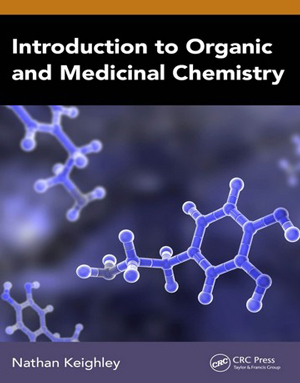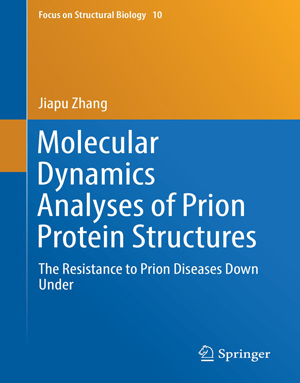Download Synthetic Approaches to Triarylboranes from 1885 to 2020 In recent years, research in the fields of optoelectronics, anion sensors and bioimaging agents have been greatly influenced by novel compounds containing triarylborane motifs. Such compounds possess an empty p-orbital at boron which results in useful optical and electronic properties. Such a diversity of applications was not expected when the first triarylborane was reported in 1885.
Continue Reading.Chemistry Article
While X-ray crystallography routinely provides structural characterization of kinetically stable pre-catalysts and intermediates, elucidation of the structures of transient reactive intermediates, which are intimately engaged in bond-breaking and -making during catalysis, is generally not possible. Here, we demonstrate in crystallo synthesis of Rh2 nitrenoids that participate in catalytic C–H amination, and we characterize these transient intermediates as triplet adducts of Rh2.
Continue Reading.Mechanochemical synthesis avoids the use of potentially harmful organic solvents, thus providing an attractive and environmentally friendly alternative to solution-based synthesis. Mechanochemical cross-coupling reactions enable cleaner and more sustainable access to a wide range of valuable synthetic targets in organic materials and modern drug discovery.
Continue Reading.Fischer–Tropsch synthesis (FTS) is an essential approach to convert coal, biomass, and shale gas into fuels and chemicals, such as lower olefins, gasoline, diesel, and so on. In recent years, there has been increasing motivation to deploy FTS at commercial scales which has been boosting the discovery of high performance catalysts. In particular, the importance of support in modulating the activity of metals has been recognized and carbonaceous materials have attracted attention as supports for FTS. In this review, we summarised the substantial progress in the preparation of carbon-based catalysts for FTS by applying activated carbon (AC), carbon nanotubes (CNTs), carbon nanofibers (CNFs), carbon spheres (CSs), and metal–organic frameworks (MOFs) derived carbonaceous materials as supports. A general assessment of carbon-based catalysts for FTS, concerning the support and metal properties, activity and products selectivity, and their interactions is systematically discussed. Finally, current challenges and future trends in the development of carbon-based
Continue Reading.Ammonia, one of the most important synthetic feedstocks, is mainly produced by the Haber–Bosch process at 400–500 °C and above 100 bar. The process cannot be performed under ambient conditions for kinetic reasons. Here, we demonstrate that ammonia can be synthesized at 45 °C and 1 bar via a mechanochemical method using an iron-based catalyst. With this process the ammonia final concentration reached 82.5 vol%, which is higher than state-of-the-art ammonia synthesis under high temperature and pressure (25 vol%, 450 °C, 200 bar).
Continue Reading.Carbon–carbon (C–C) bonds make up the skeletons of most organic molecules. The selective manipulation of C–C bonds offers a direct approach to editing molecular scaffolds but remains challenging. The kinetic inertness of C–C bonds can be overcome with transition-metal catalysis, which, nevertheless, relies on a substrate being highly strained or bearing a permanent directing group (DG). The driving force for C–C activation in these cases is strain relief and the formation of a stable metallocycle, respectively. Over the past two decades, a strategy has emerged that uses temporary or removable DGs to effect C–C activation of more common and less strained compounds.
Continue Reading.











